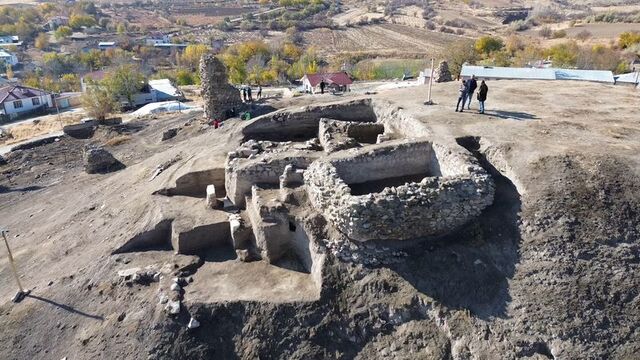
After a 6,000-Year-Old Temple, Roman-Era Road Discovered at Tadım Castle
Archaeologists excavating Tadım Castle, located 12 kilometers south of Elazığ, have uncovered a Roman-era stone-paved road, believed to have been used by kings or members of the nobility. The road features edge curbs and carefully laid paving stones, indicating it was reserved for high-ranking individuals of the period.
This discovery follows the unearthing of a 6,000-year-old temple at the same site, highlighting Tadım Castle’s historical and cultural significance. Experts say the Roman-era road demonstrates both advanced craftsmanship and the strategic importance of the region during the Roman period.
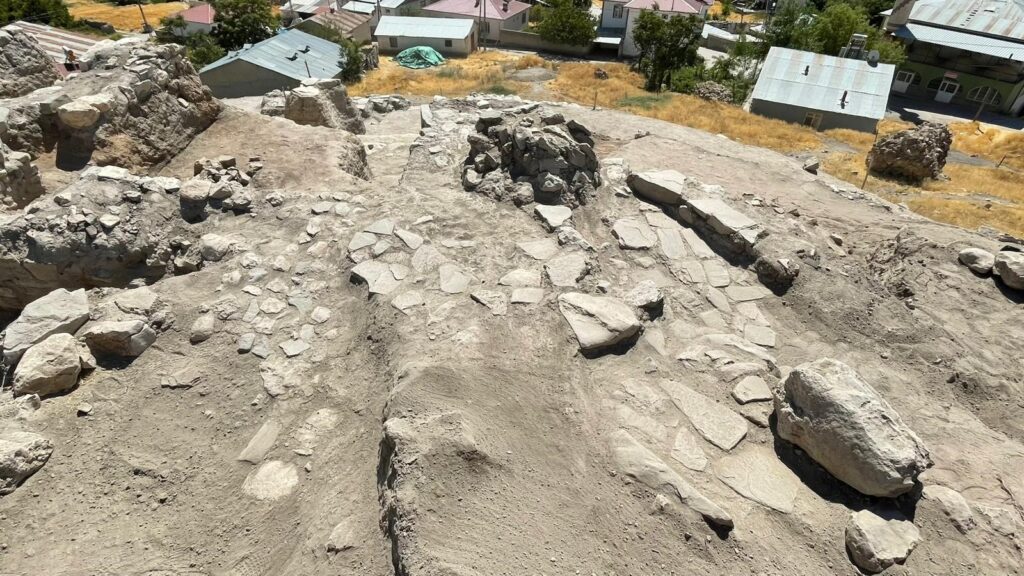
Archaeologist Ergün Demir, leading the excavation, stated, “We have uncovered a section of what is likely a royal or noble road from the Roman era. Our excavations at this site will continue.”
The excavation is part of the “Heritage for the Future” project, conducted by the Ministry of Culture and Tourism, in coordination with the Elazığ Provincial Directorate of Culture and Tourism and the Elazığ Museum Directorate, and is scheduled to continue throughout 2025.
📣 Our WhatsApp channel is now LIVE! Stay up-to-date with the latest news and updates, just click here to follow us on WhatsApp and never miss a thing!!
Tadım Mound and Castle
Tadım Mound (Tadım Höyüğü) is considered one of the most important archaeological sites in Elazığ. With a history dating back to the Chalcolithic period, it provides crucial insights into the cultural development of Eastern Anatolia. During the Roman era, Tadım Castle occupied a strategic position overlooking the Uluova Plain, making it significant for both military and trade routes.
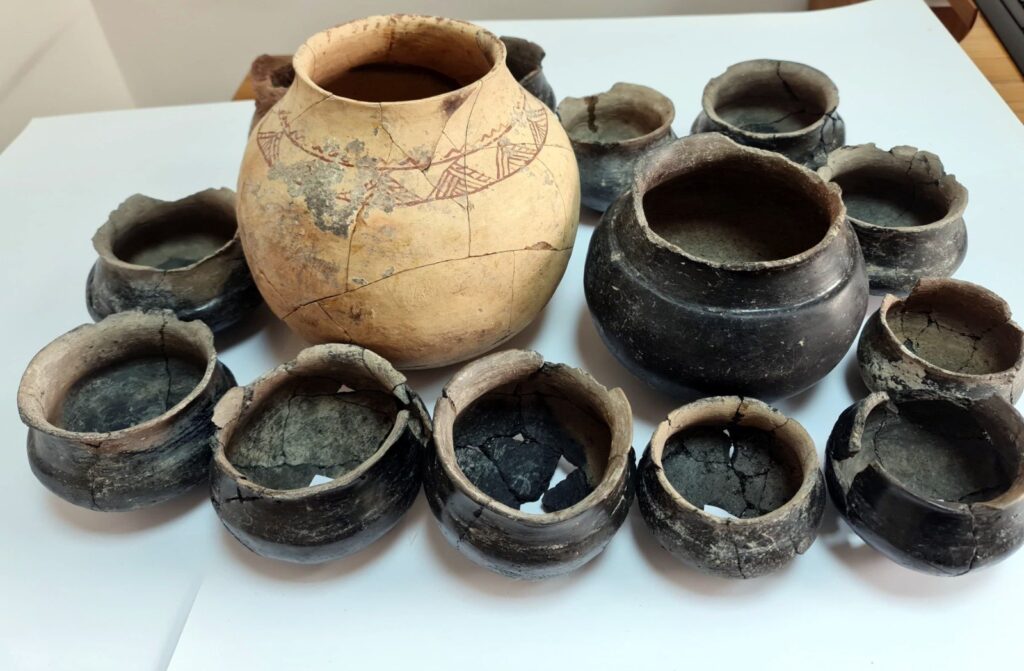
Archaeologists emphasize that each discovery at the site sheds light not only on local history but also on the connections between Eastern Anatolia and major civilizations like the Roman Empire.
You may also like
- A 1700-year-old statue of Pan unearthed during the excavations at Polyeuktos in İstanbul
- The granary was found in the ancient city of Sebaste, founded by the first Roman emperor Augustus
- Donalar Kale Kapı Rock Tomb or Donalar Rock Tomb
- Theater emerges as works continue in ancient city of Perinthos
- Urartian King Argishti’s bronze shield revealed the name of an unknown country
- The religious center of Lycia, the ancient city of Letoon
- Who were the Luwians?
- A new study brings a fresh perspective on the Anatolian origin of the Indo-European languages
- Perhaps the oldest thermal treatment center in the world, which has been in continuous use for 2000 years -Basilica Therma Roman Bath or King’s Daughter-
- The largest synagogue of the ancient world, located in the ancient city of Sardis, is being restored

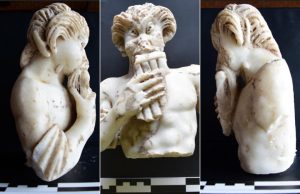
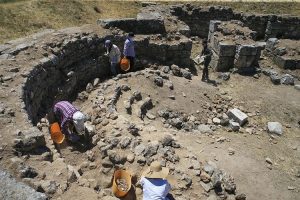
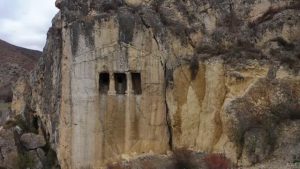
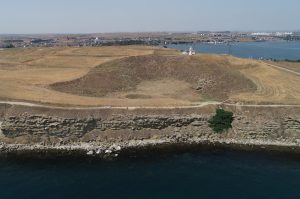
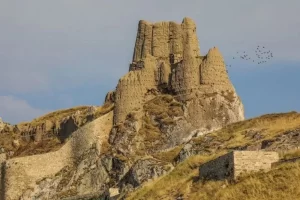
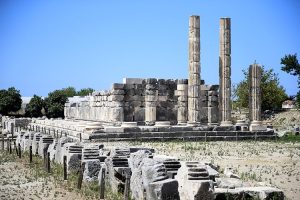


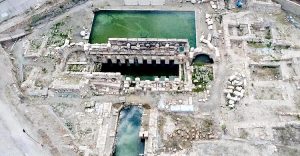
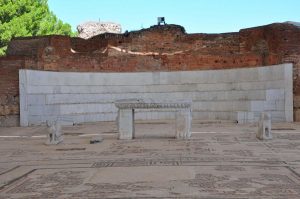
Leave a Reply